| | |
Language Arts
Grammar: March focused on Verbs (action, linking, tenses, participles, infinitives, etc.), along with proofreading practice, vocabulary, and critical thinking activities that tied to each writing assignment. Writing and Literature: Students read and wrote Fables to support their development of symbolic narrative writing to convey a moral and develop their skills in writing dialogue. Students read their graphic novel biographies of scientists, inventors, or historical figures of each student’s interest. Students conducted additional research on their person of choice by looking up and reading books from the library and through web searches. Our students are writing a report of the book they read with additional research, as well as a poem about their person. To prepare students for reading the Shakespeare book Hamlet, in April, students and parents participated in an interactive play of Hamlet at the Presidio Officer’s club. We also began looking at persuasive writing again and learning about using pathos, ethos, and logos in our arguments. Science: We continue our Ocean Ambassadors program from The Marine Mammal Center. The Program allows for real life application of the scientific process, further development of specific observation skills and drawing conclusions based on evidence, adaptations, which connects to our topic for the next couple months of Human Impacts. Students immersed themselves in the following during the month of March:
Math: Group lessons focused on percent equations tied to The Marine Mammal Center data collected. Students worked on their graphing skills by mapping various marine mammals’ journeys via longitude and latitude coordinates. Additionally, students were also introduced to factoring, which again referenced back to the case studies of marine mammals. History: Three of our students participated in National History Day and were offered the opportunity to continue on to the state level! This month we learned about the War of 1812, changes in America (land, politics, people, art, etc.) in the Northeast, South, and West from 1800-1850. Our reading this month has been The Split History of Westward Expansion in the United States where we learned about both the settler’s and the Native American’s viewpoints in this period of the Westward Expansion. We have also watched PBS videos about the African American and Native American experiences during this time, as well as about the Mexican-American War. This was also an important time period for women’s rights and the suffrage movement. This month was filled with fascinating discoveries and discussions. Executive Functioning tied to math by supporting the foundation of examining congruent and similar objects, and objects with symmetry. Wellness focused on real life situations youth face. We discussed and practiced self-advocacy and the benefits of making smart choices. My City School uses some great free tools that support tweens/teens, check out one of them here: http://www.nsteens.org/ Community Service: MCS had the pleasure of working with Andy from Rec and Park at Stow Lake. As a previous history major and having been with Rec and Park for 35 years, Andy started our community service with a botany tour of plants found in Golden Gate Park and their connection to history. We saw the plant Hemlock, that killed Socrates, and found the berries that provided ink for the Declaration of Independence. The students were delighted to give back to the park by weeding and preparing a hillside to receive new plants and vegetation.
Language Arts Grammar: Grammar continued with its focus on Nouns (Singular Common, Singular Proper, Singular Possessive, Possessive Plural, and Plural Possessive). Students created colorful comic strips to help them remember the rules. At the end of the month, we began the next section on Verbs. Writing: Students continued with writing persuasive essays and then worked on presenting their argument to the class. This time the topic was “Should there be homework.” We had a great in class debate, where, surprisingly, not all students chose that there shouldn’t be homework. The students also continued working on and finished up their Science Fair and National History day written work. Writing was focusing on how to write written research (to include background knowledge) and cite resources. Students also wrote their own first person account of their experience at the Wave Organ, which tied to science, literature, and being able to see different people’s perspectives of the same event. Literature: We continued reading first person accounts of people during the Revolutionary War, both on the American and British sides, and from a variety of ethnic and social backgrounds. Later in the month, we began reading Aesop’s Fables and learning about using stories to convey a moral, using characterization of an animal to portray human characteristics. Math Group work explored STRATEGY! We practiced identifying and using the strategy supports before launching into solving problems. Everyone learned strategy before solving algebraic equations graphing more than and less than. Students also began graphing more than and less than. Science Two of our students placed 4th in the San Francisco Science Fair! Congrats MCS students! We didn’t get to visit the Wave Organ in January because of stormy weather and high waves, but we were excited to visit in February and apply our understanding of sound waves to what we observed at the Wave Organ, and also continue developing our observation skills and writing our own first person accounts from our experience there. February focused on Forces and Interactions. We explored this through working with magnets, and bouncing/crashing/rolling different size and weighted balls to observe Newton’s laws in action. We also took a trip to the Exploratorium to deepen our experience with forces and interactions, particularly with electric, magnetic, and gravitational forces. We also went for our second visit to USF’s science teacher program, where students experienced physical science experiments, giving them the chance to learn through a variety of experiments, and for the USF student instructors to practice their skills. Students also began their Ocean Ambassador program provided by The Marine Mammal Center. This program is a comprehensive 10 unit lesson emphasizing the NGSS Science Standards, with an emphasis on Marine Mammal health and the state of our oceans. My City School is the first LD school to pilot the program and we look forward to sharing our additional tools, resources and ideas to further support other classrooms that may need additional hands on learning ideas. Students began their journey by learning about what The Marine Mammal Center does. We reviewed making observations of form rather than function, watched a video of harbor seals and took notes of observations in our field notebooks. Additionally, we reviewed the steps in the scientific process/method. Next students learned about tracking marine mammals, practice mapping marine mammal routes using latitude and longitude coordinates and discussed a brief introduction to the different types of marine mammals helped by TMMC. After the lessons we visited the center to learn more about the types of marine mammals helped by TMMC, and helped students attach to the bigger goals and mission of TMMC as well as where we’ll go with the lessons, which will support the final project focusing on conservation. History Our students participated in an in class Constitutional Role Play. Once the students had been assigned a people group to represent, they researched their group and what their opinions would be on who should have a right to vote and slavery. Then each student wrote their argument and counter arguments before role playing the parts of people represented in the original Constitutional Convention, such as Northern merchants and Southern farm/plantation owners, as well as people who were not represented, such as both free and enslaved African Americans, Native Americans, indentured servants, and women. We also continued to learn about the US constitution and Bill of Rights, making connections to how we have agreed upon rules for our community, which we came up with together at the beginning of the year. We also continued reading about current events through reading Time for Kids. Vocabulary/Concepts: federalism, dual sovereignty, separation of powers, checks and balances, separation of church and state Executive Functioning We practiced Critical Thinking and Problem solving techniques with activities like “A Fork in the road” by Wess Carol or by using our Visual Brainstorm challenge collection. Students are always required to describe in detail how they arrived at their solution. This supports expressive language, peer teaching, encourages flexible thinking from others who can’t immediately see it as well as builds confidence in trusting their intuition in learning. Additionally, we reviewed the key elements in note taking, to support the up and coming note taking in history. Students compared what information they easily locate and what information they have a harder time with. Most of our students identified the ‘why’ piece is the hardest to grasp. Wellness We stretched ourselves and all practiced finding our voice. This looked like learning how to raise our voices, firmly (from our core), getting more comfortable saying ‘no’ and finding our courage to ask our peers for what we need/want. While most of the students were nervous about these exercises, in the end each one of them said “it was good to dot it” or “I think this is kind of fun”. Community Service We returned for our second installment of supporting the SEED project with Save The Bay along the Martin Luther King shoreline. During our last visit, we had gotten to put small seedlings in individual containers, to keep growing until they were ready to be planted by the shore. At this visit, we were able to plant some of those very same plants by the shore. We learned about what birds and rodents make the bay marsh their home, and we even got to sample on of the marsh rodents favorite snacks, salt weed. We had an opportunity to collect trash from the marsh, where we found an unending supply of straws, bottle caps, and snack bags. Each of the students also shared ideas of how to clean up or prevent the pollution. It was awesome to see our young scientists using what they’ve learned in science class and apply it to this problem. In between our PE clinics, we take time to freely explore the area we live in. This month students visited the Marin headlands, Hawk Hill, hiked to Rodeo beach from the Nike Missile Center, as well as took the President Fitness Challenge at the Crissy Field. Interested in learning more about the importance of spending time outside, look at this article: http://www.huffingtonpost.co.uk/2015/04/22/why-children-need-to-play-outside_n_7283282.html As an added experience for Art, we attended a performance by the SF Symphony. Following the performance we discussed how the different pieces made us feel, and what it made us picture. Additionally, our Math expert, Beth played the violin for everyone and explained the connection between math and music.
Language Arts
Grammar: Grammar continued with its focus on sentence structure (simple sentences, compound subjects, compound predicates, compound sentences, complex sentences, fragments, and run-ons). Students worked on descriptive sentence writing using a variety of sentence structures or by editing/improving fragments and run-ons. Toward the end of the month we began working on nouns (common and proper nouns, singular and plural nouns). Writing: Students began working on persuasive writing, learning how to develop an argument, support their position, and address the concerns of their audience. Their first assignment was to write a letter to persuade someone to do something, such as persuading parents to get them a pet or to convince their favorite singer to come visit them. Literature: Upon their return from winter break, My City School students prepared for and took their final test on Jurassic Park. They also wrote their final essay, 5 paragraphs to 2 pages long, answering a question about characterization, perspective, compare and contrast, etc. Mid-month we began reading historical non-fiction of first person accounts of a variety of people’s experiences during the American Revolution, which tied to our history lessons. Science Our science focus in January was on waves (light waves, sound waves, electromagnetic waves, ocean waves) and electromagnetic radiation. Our hands on experiences with this vast variety of waves included a trip to the Exploratorium and activities using ropes and slinkies to demonstrate transverse and longitudinal waves, and use of prisms, tuning forks, and mixing colored lights. We also had the opportunity to work with a laser and diffuse the light it produced. History This month, we had the opportunity to take a trip to the California Capitol building in Sacramento. We had a fabulous tour and learned about the start of the California government and how legislation occurs in the Capitol building today. Our focus this month was on the US Constitution, Bill of Rights, and legislation. The students began preparing for a Constitutional Debate, by reading first person accounts of people from the American Revolution time period (such as Northern merchants and Southern farm/plantation owners, both free and enslaved African Americans, Native Americans, indentured servants, and women) and writing down the people’s perspectives on who should have a right to vote and slavery. We also continued to learn about current events through reading Time for Kids, and for those who were able, we attended a Civil War reenactment at Fort Point on a Saturday. Executive Functioning: Students began the new year with a EF class focusing on implementing changes in their homework based on teacher feedback as well as their own opinions of what they wish to improve upon most. Students broke down tasks to create a path to the needed change. To support the writing in language Arts, students practiced deciphering between fact, opinion or an opposing side. The class was presented with hot coco and needed to create a persuasive argument that included three angles I order to drink the hot coco. Motivation was high that morning and the arguments became very persuasive. In the end, everyone enjoyed the chocolate goodness. During our third EF class in January, students practiced solving visual spatial challenges and replicating models found in a picture. Students were required to first identify their strategy and tricks that would help them complete the model and account for missing information. Once their models were built, they then presented to their peers and guests visiting. Community service We gardened at the Alemany Farm! It was an intensive and fun morning of clearing weeds from around two avocado trees and then adding mulch around them. We followed it up with a tour of the farm, tasting some of the fresh greens and flowers, and visiting their beehives. PE: Students hiked in Golden Gate Park, discovering different areas and visiting the buffalo. The average hike is anywhere from 1 – 4 miles. |
Categories
All
Archives
June 2022
|

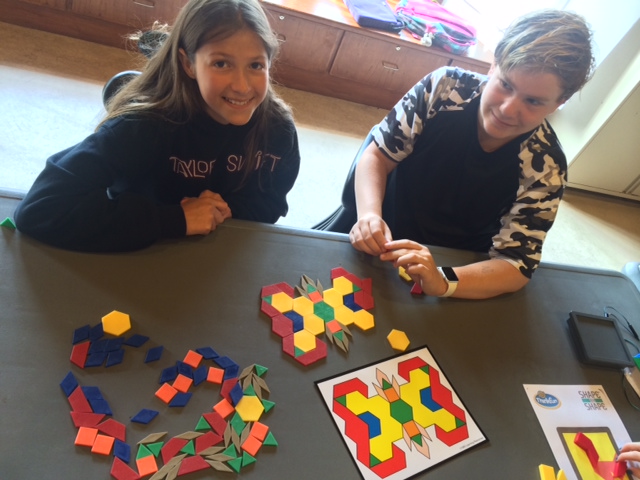
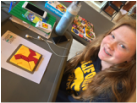
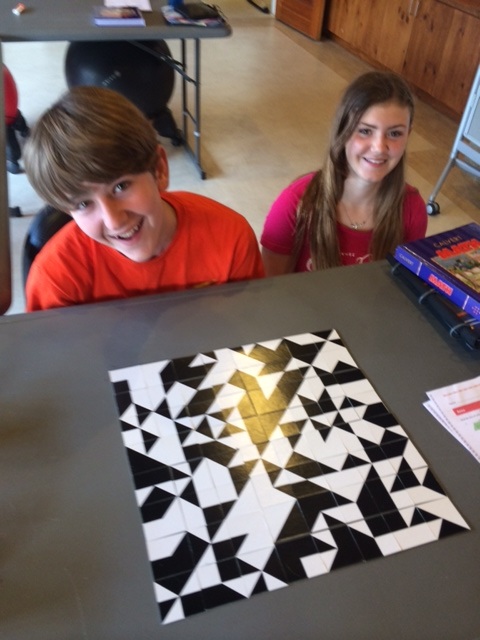
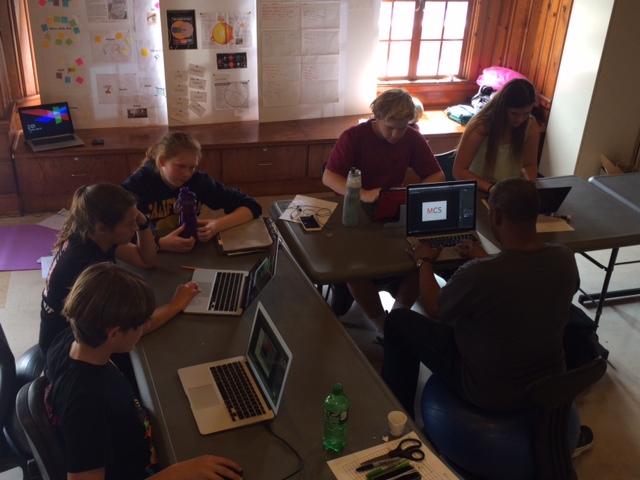
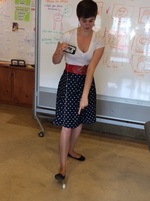
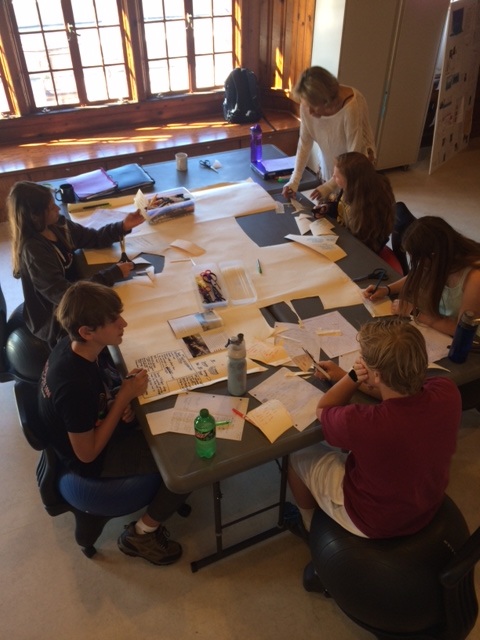
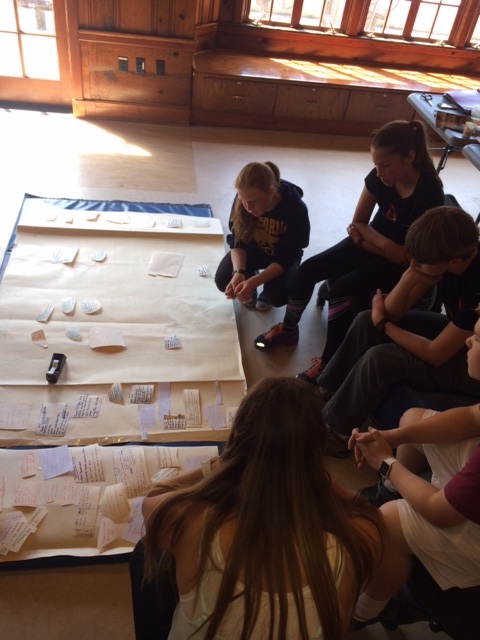
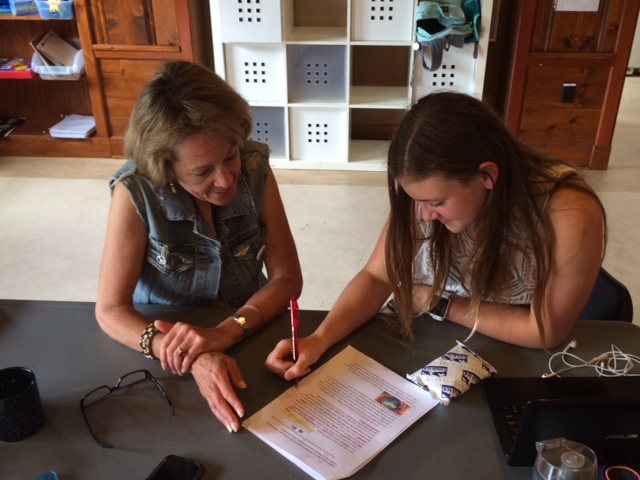
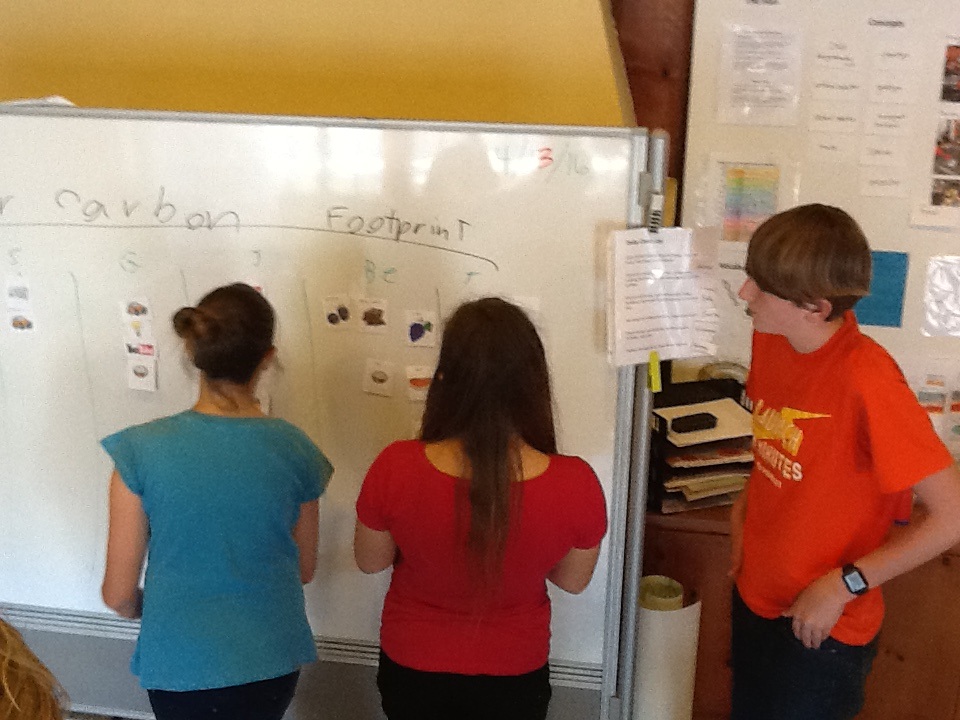

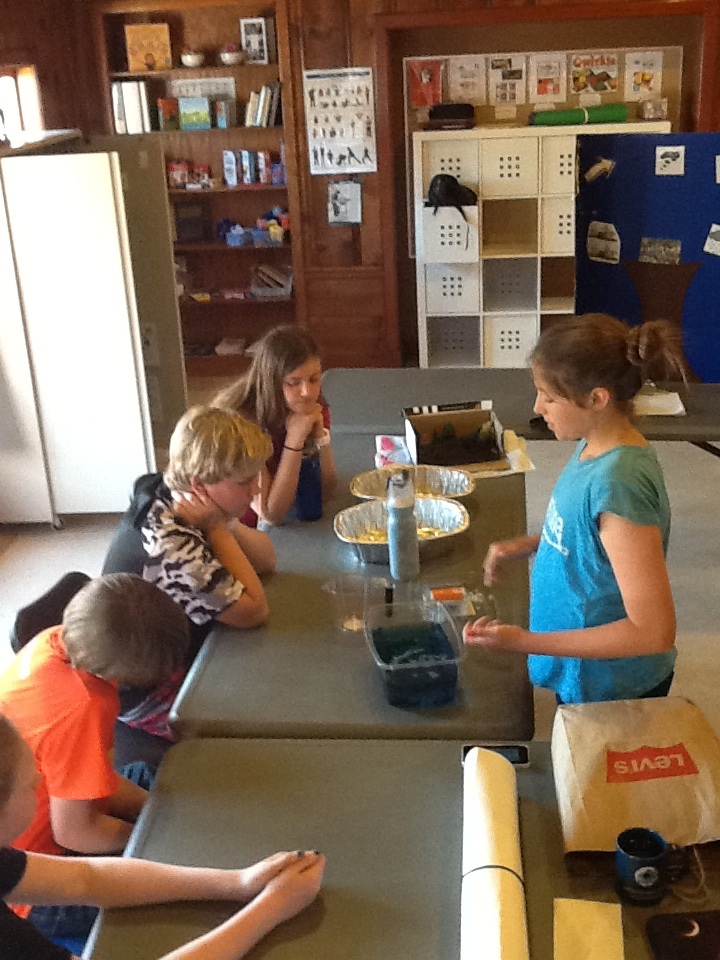
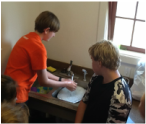
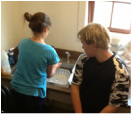
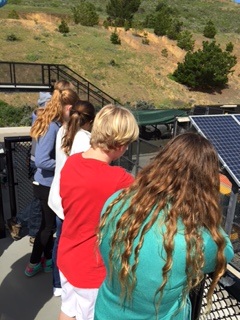
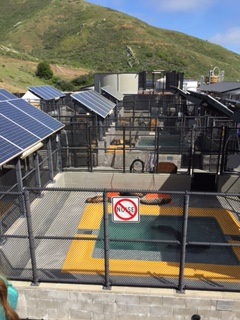
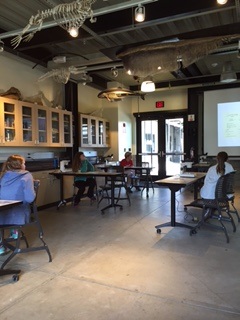
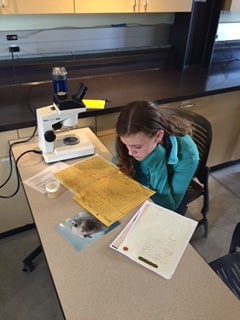
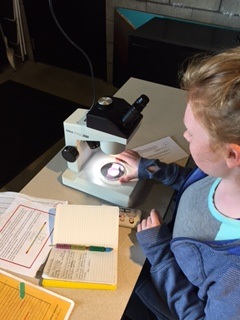
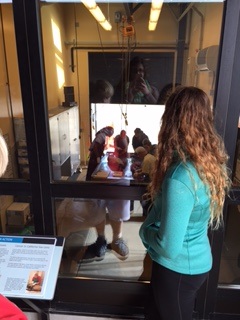
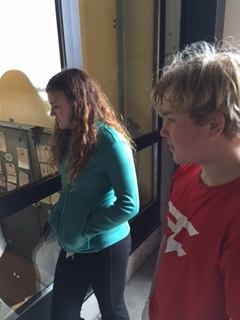
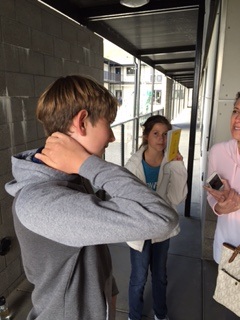
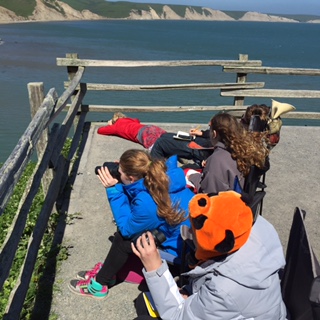
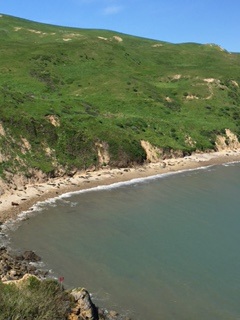
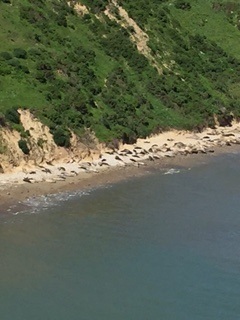
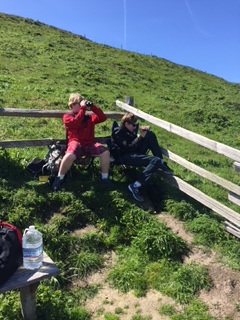
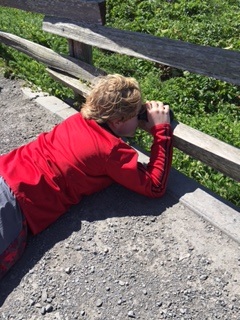
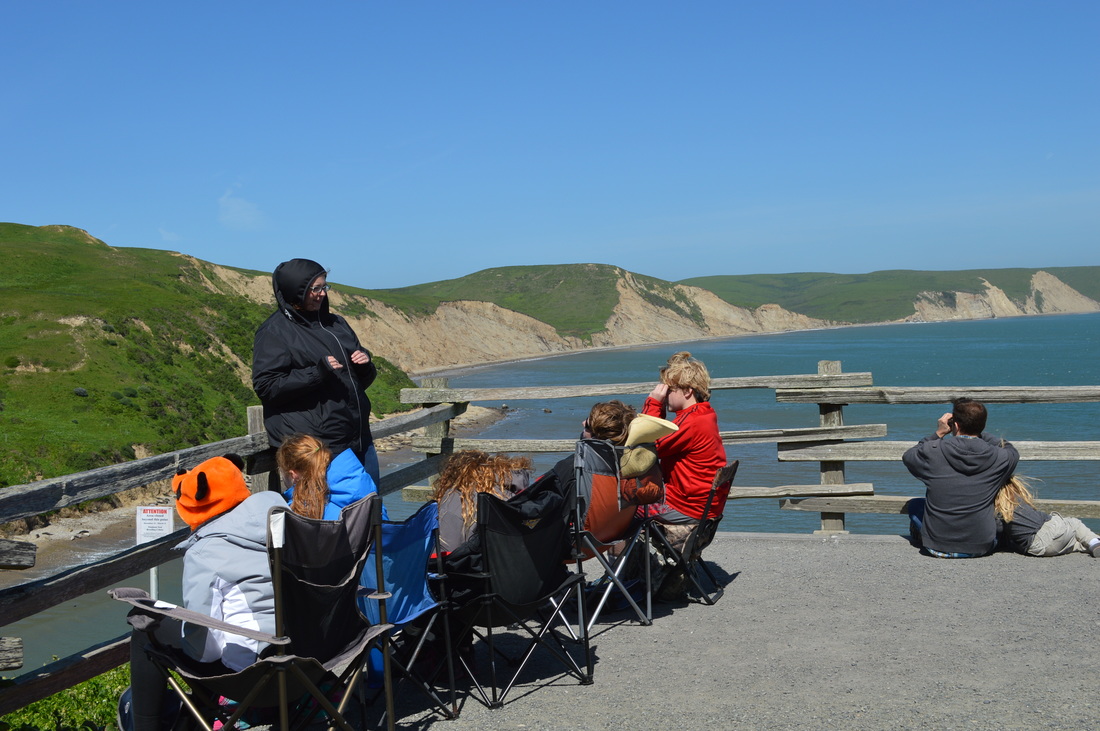
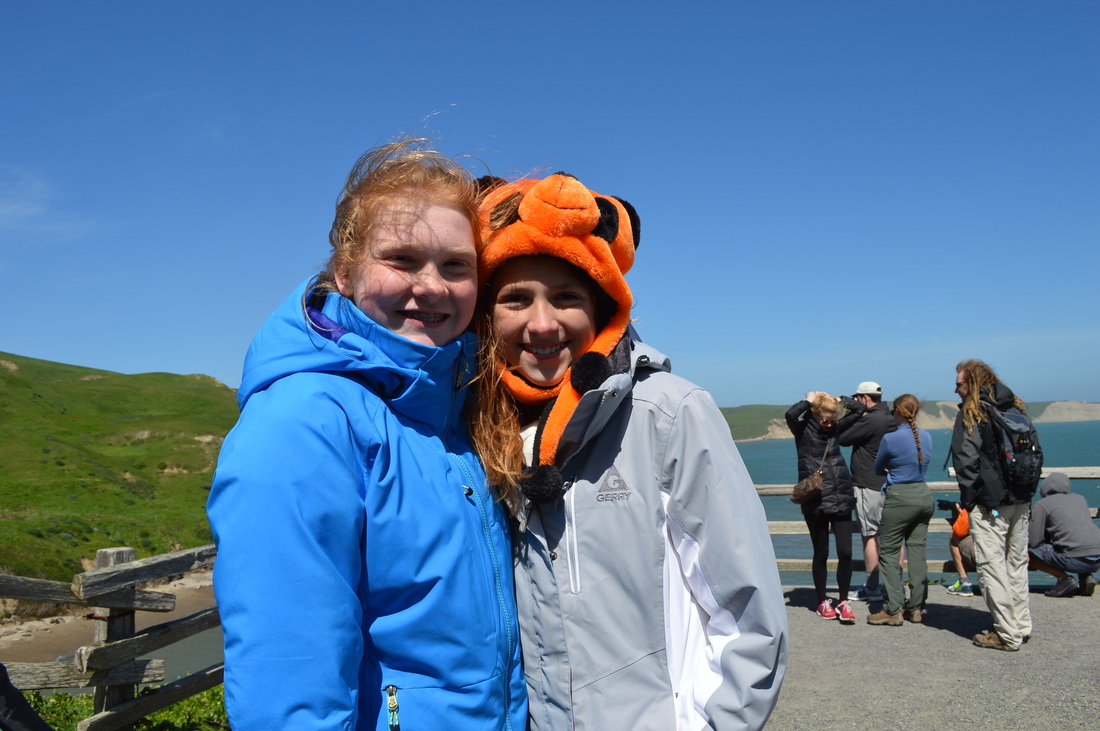
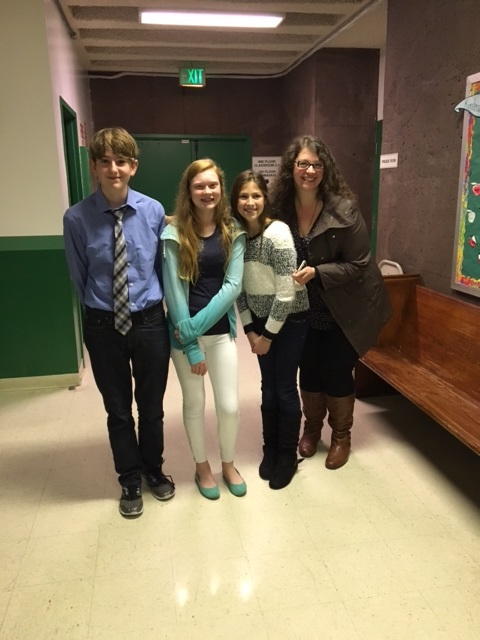
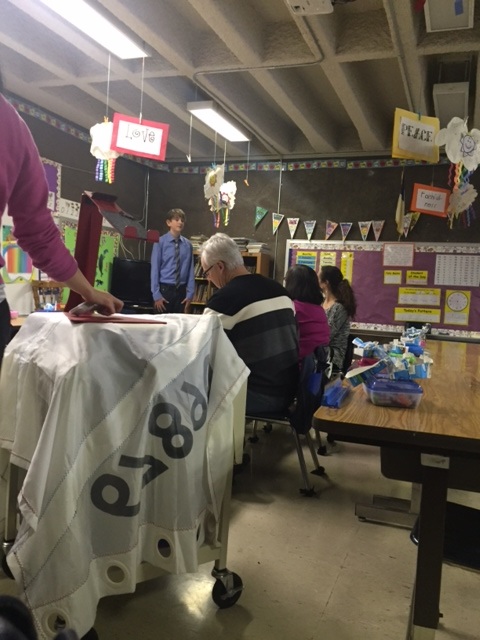
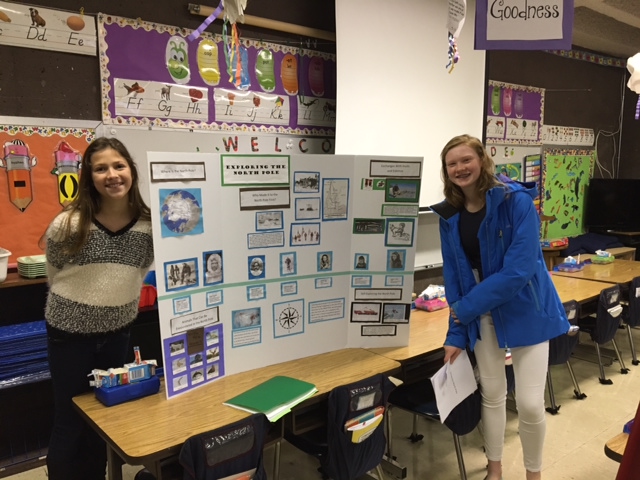
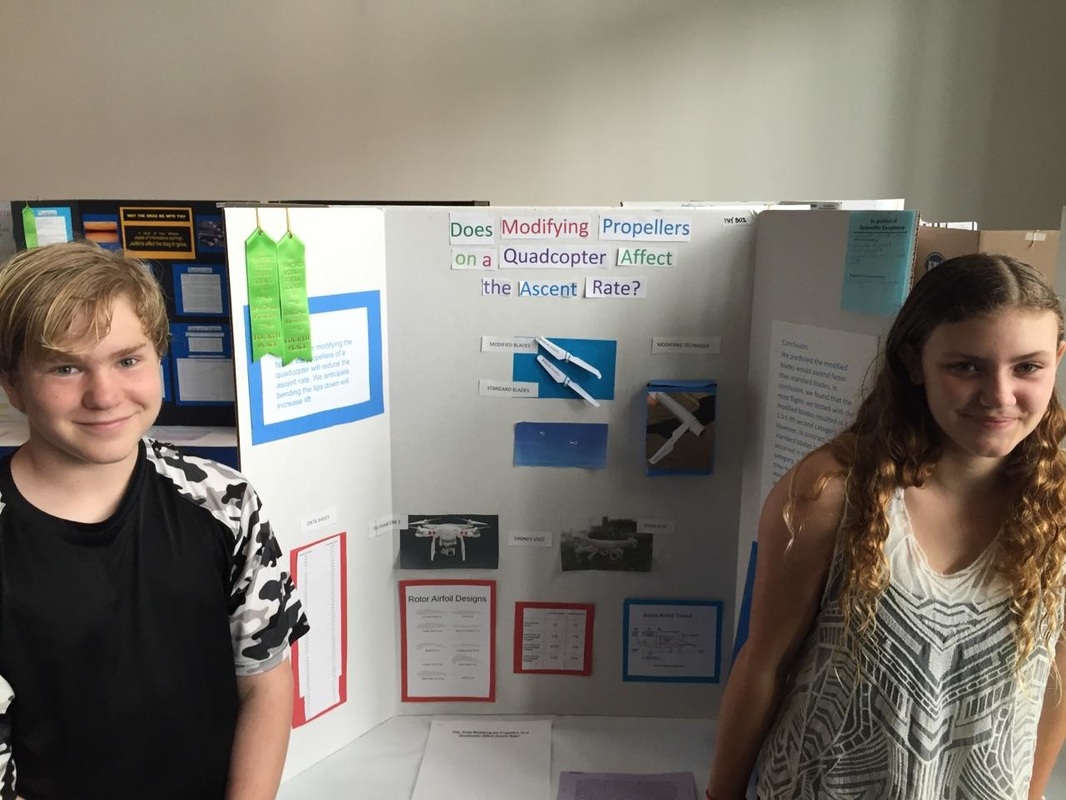
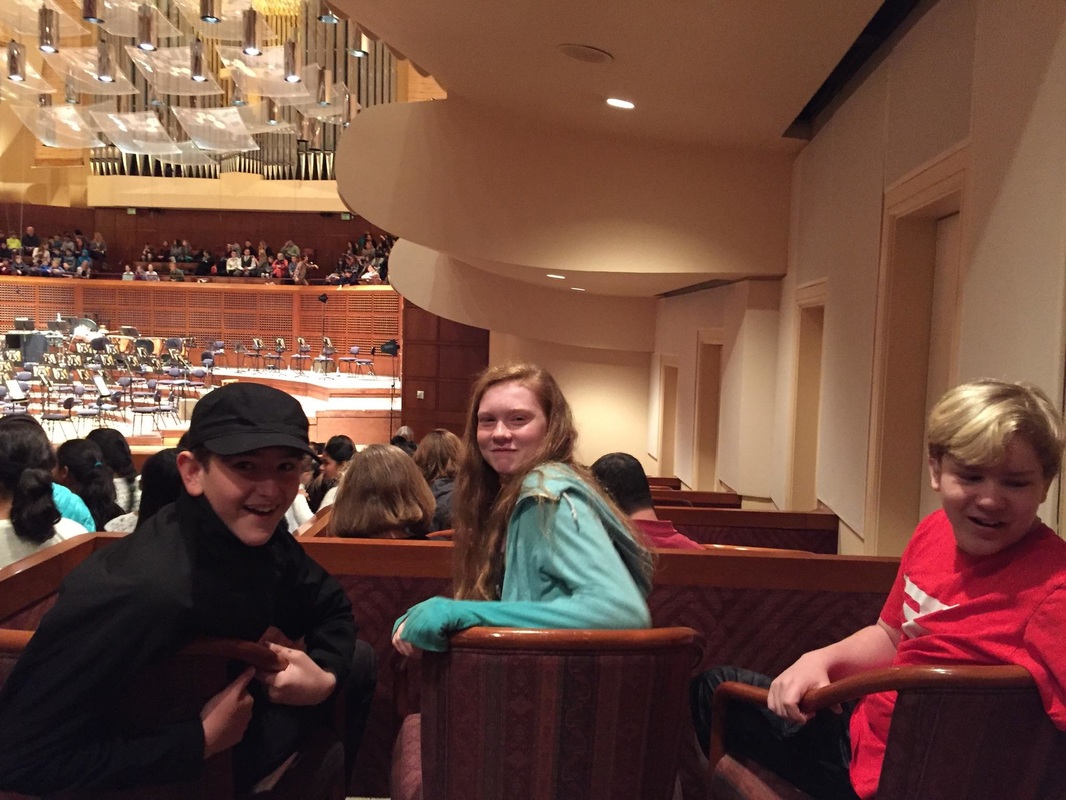
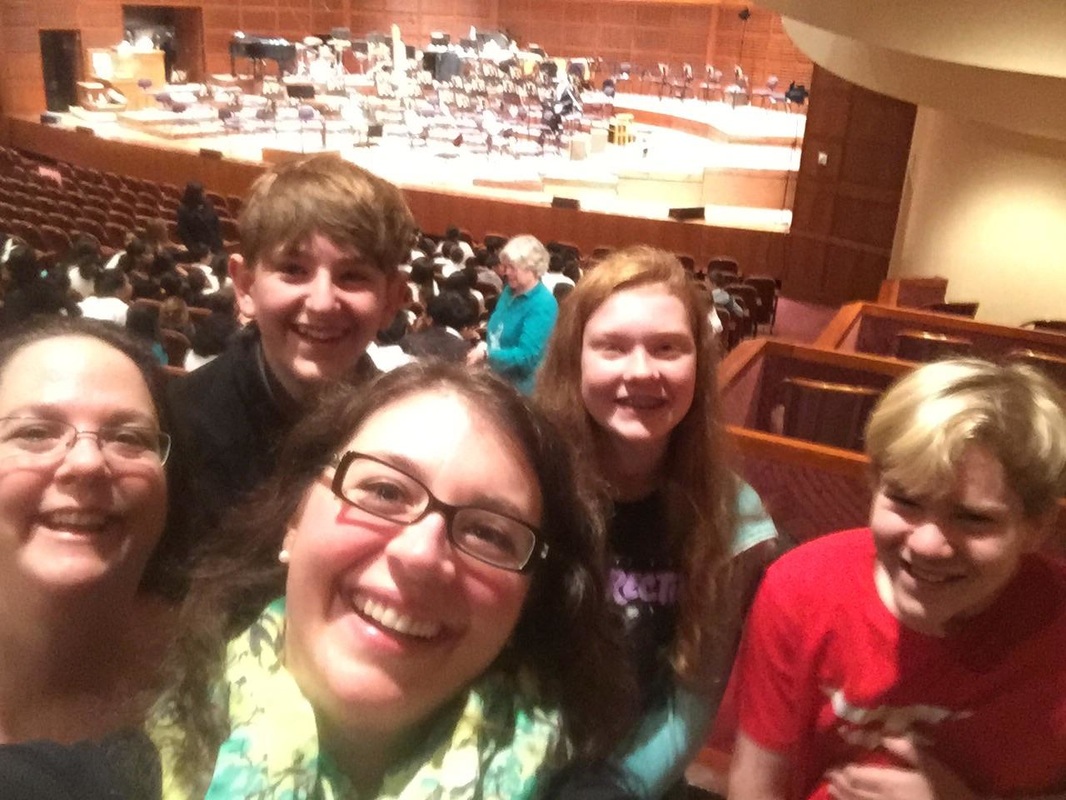
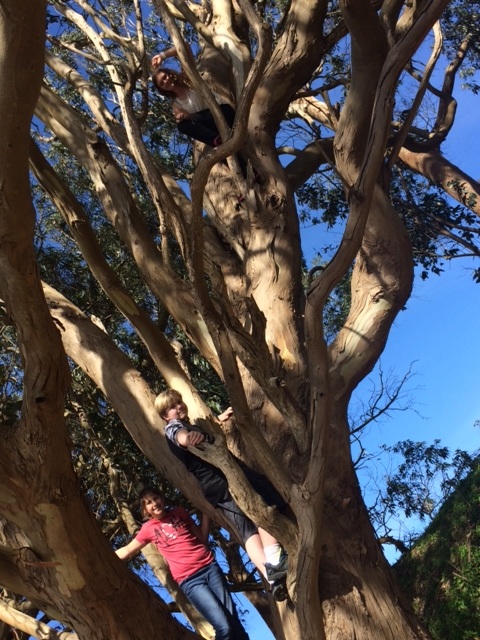
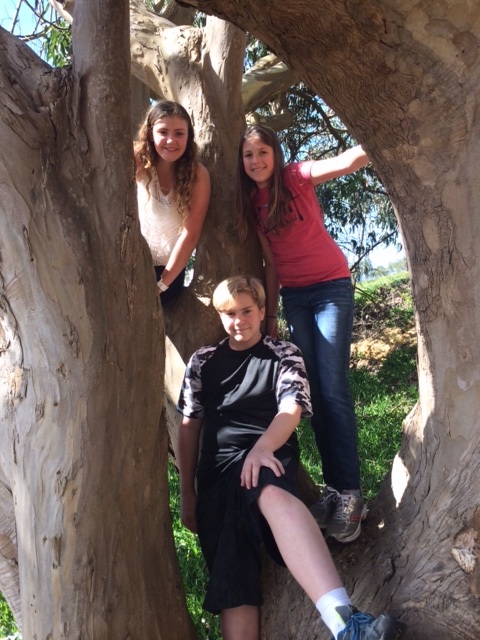
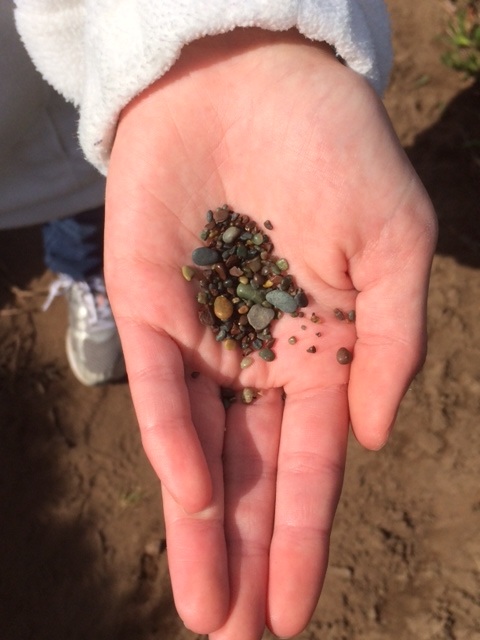
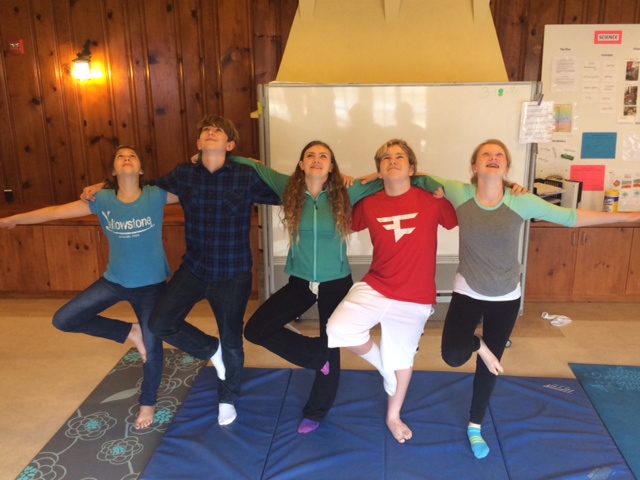
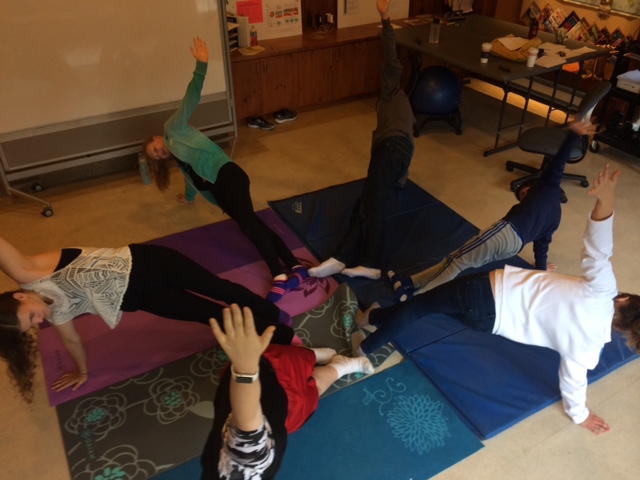
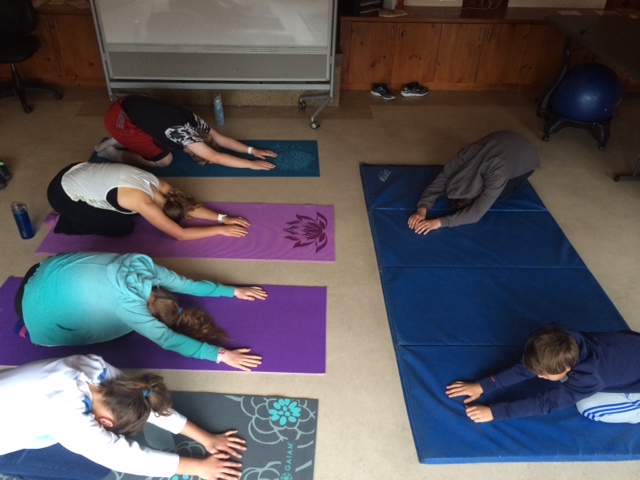
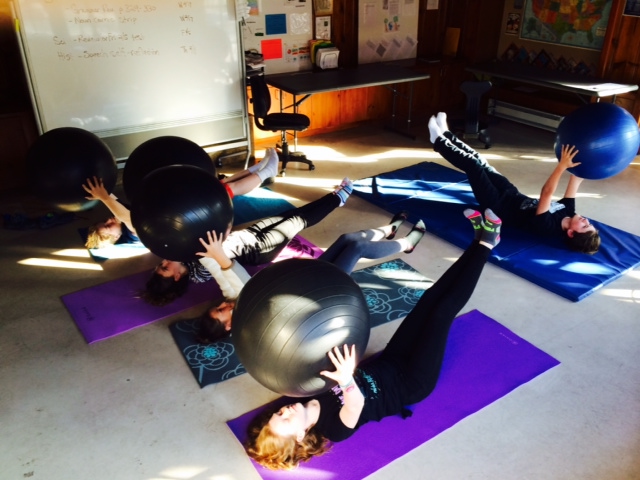
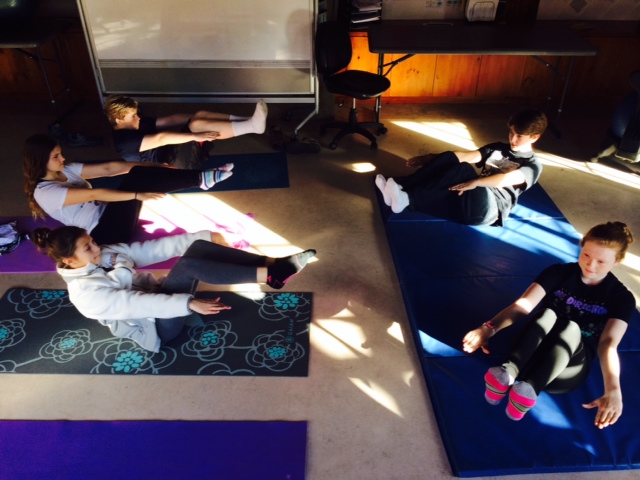


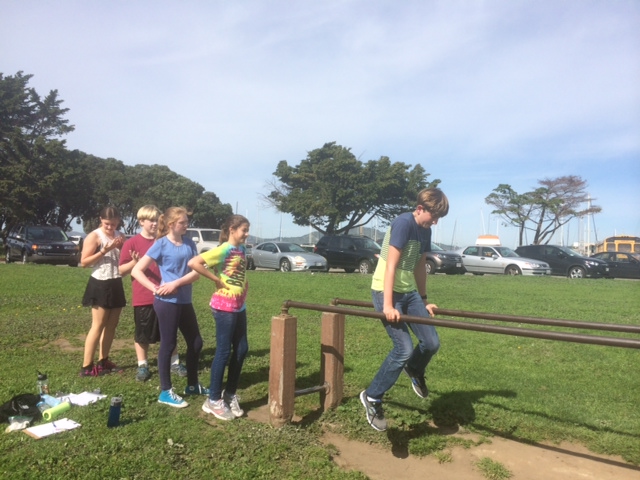
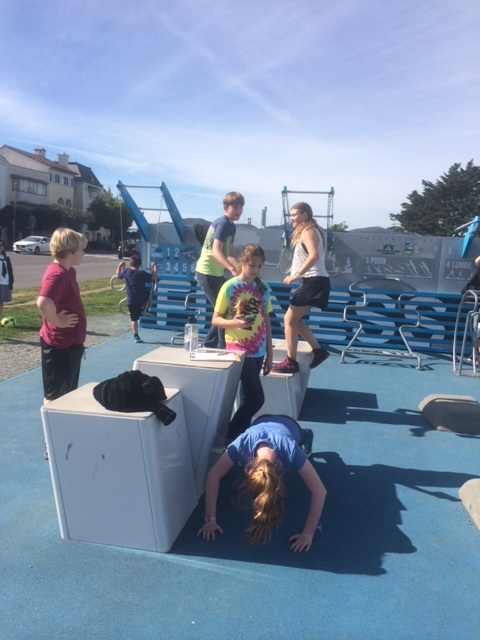

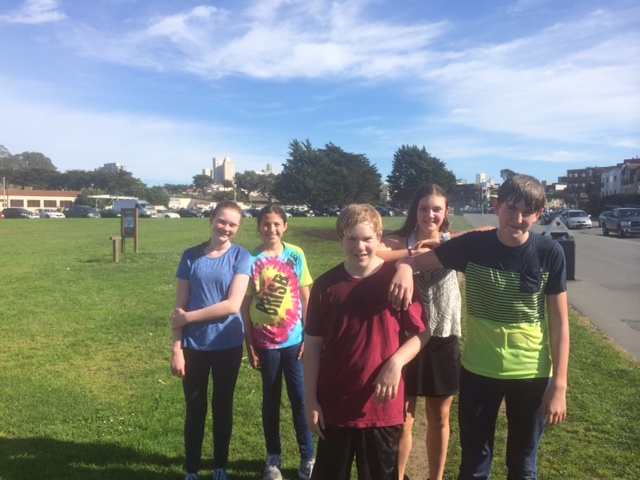
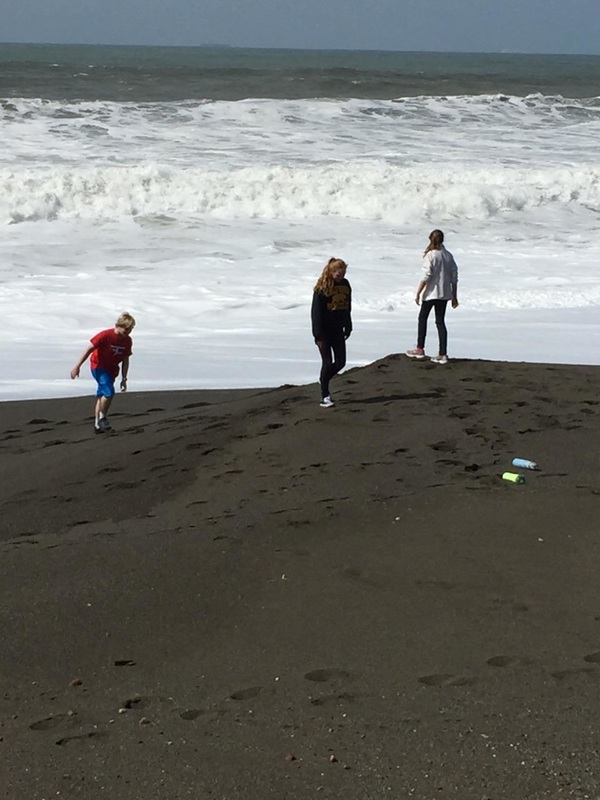
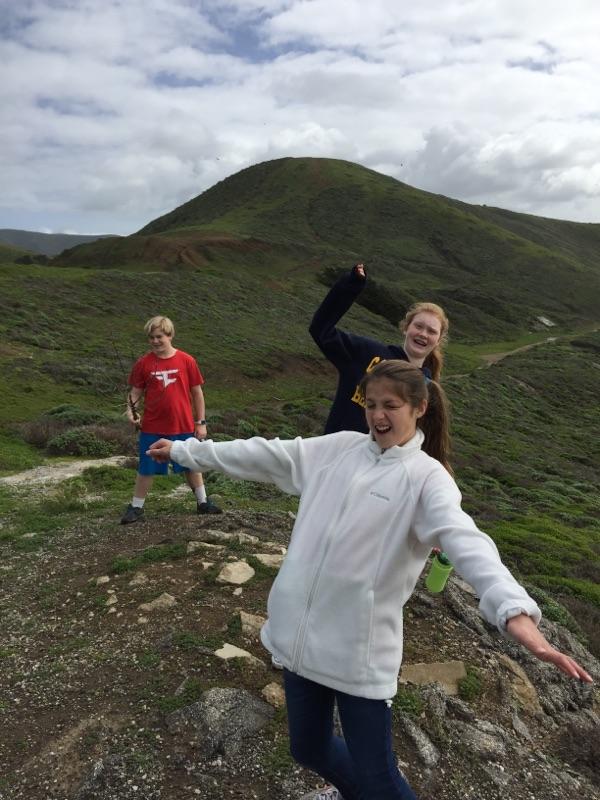

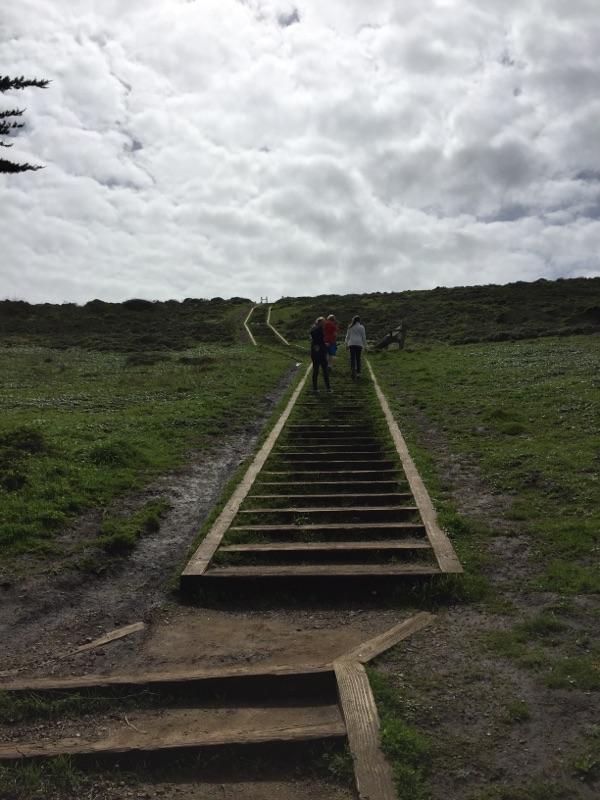
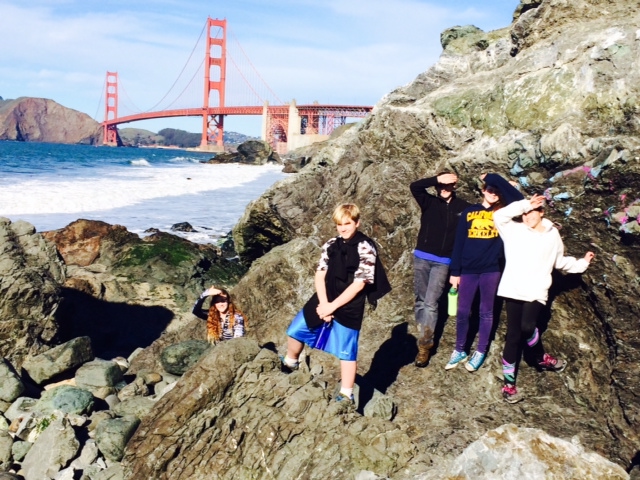
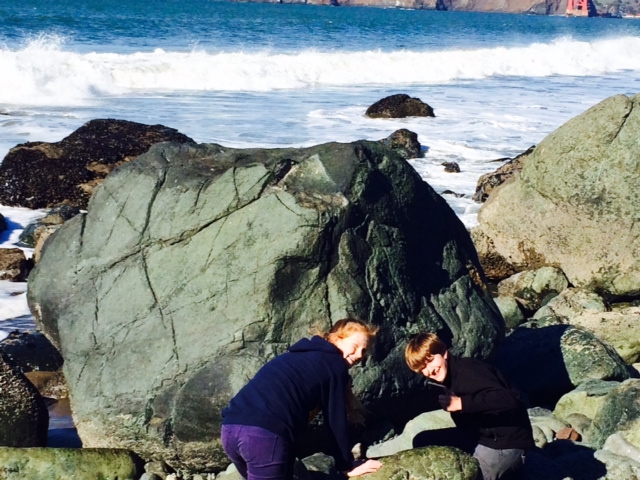
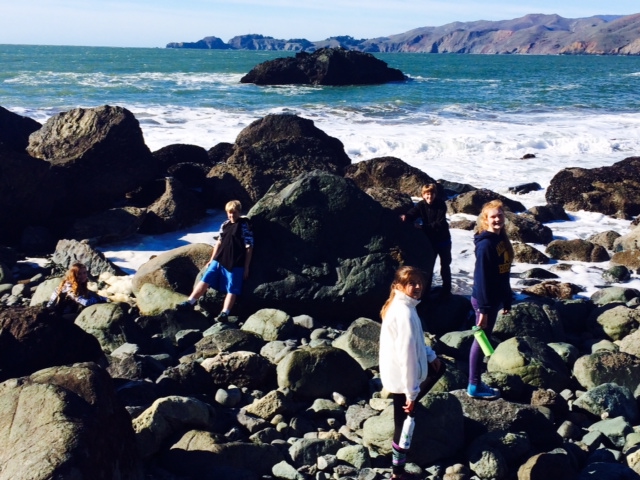
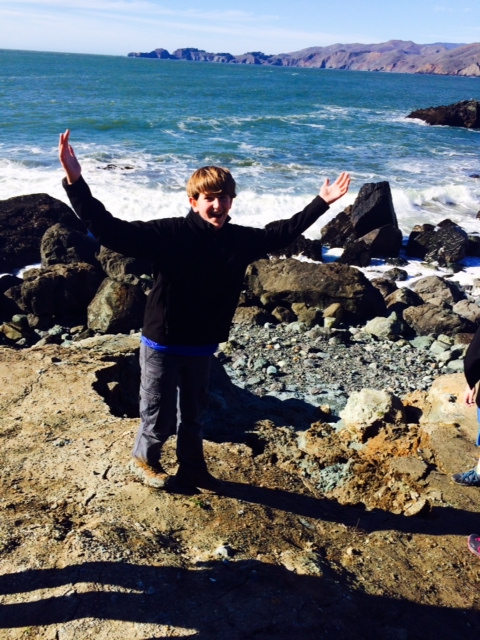
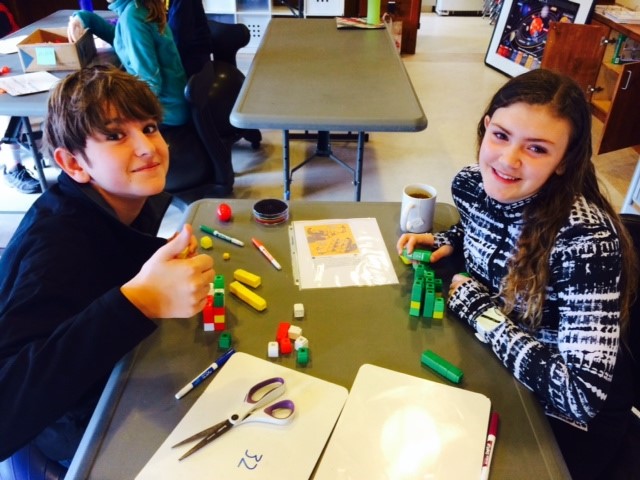
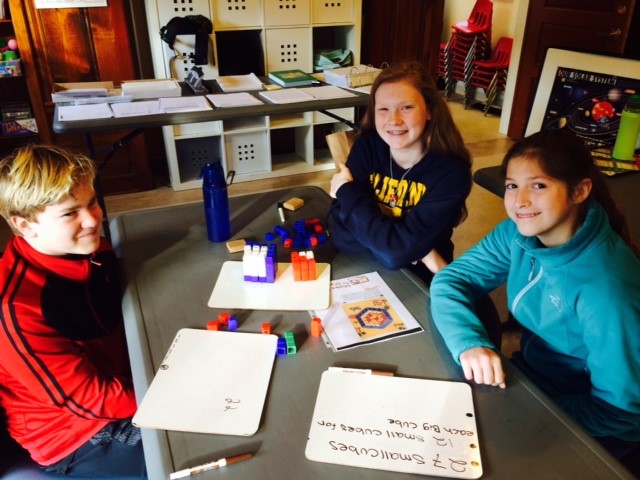

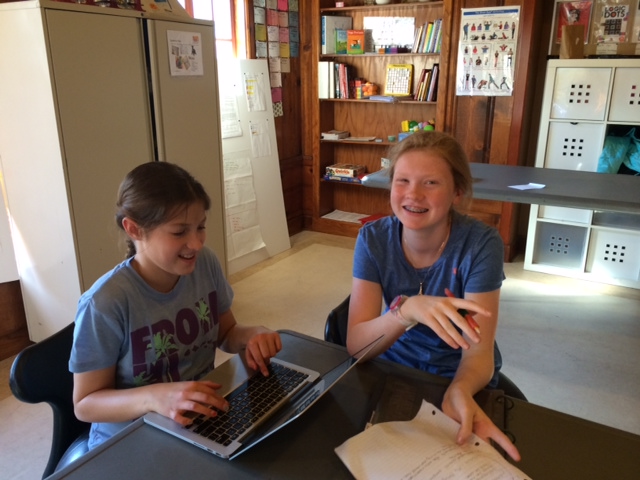

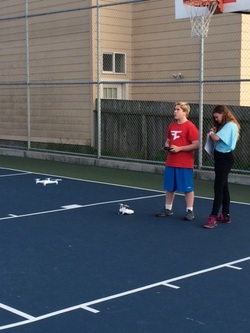
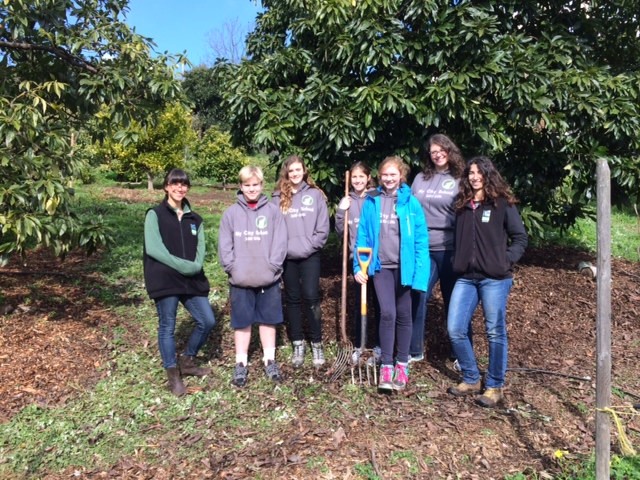
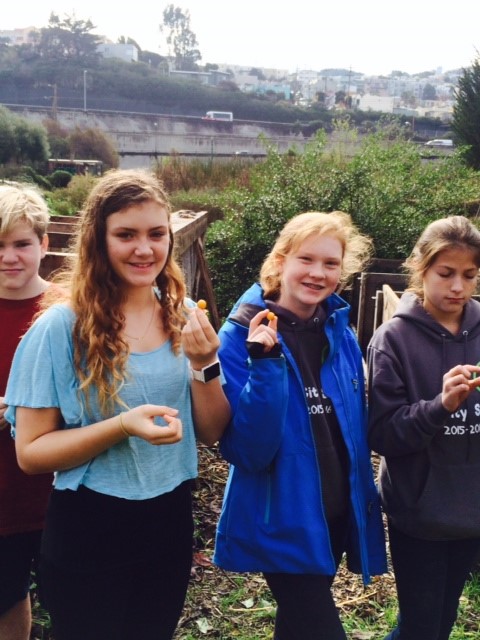
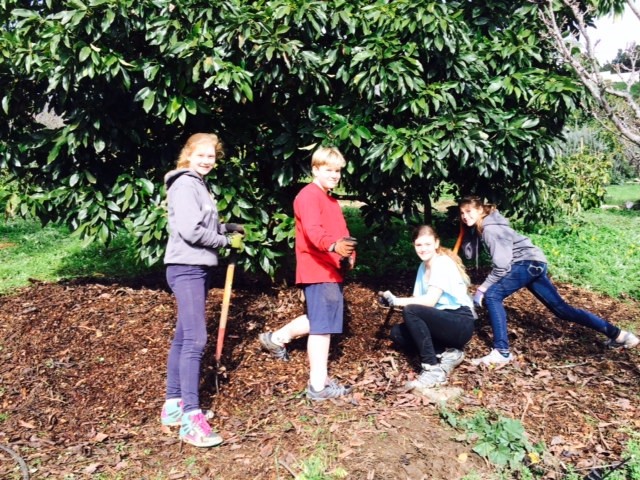
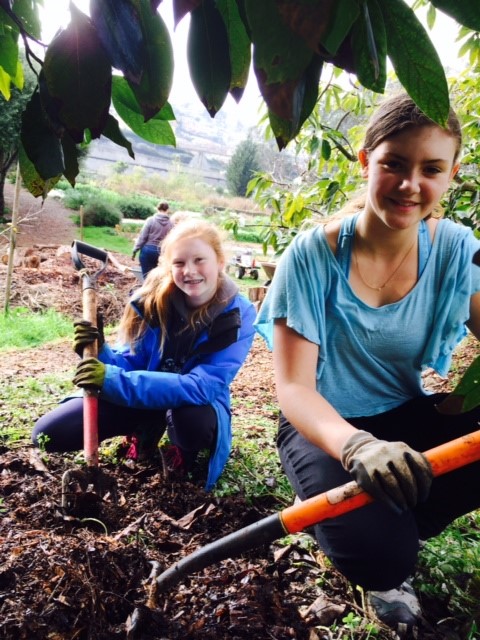
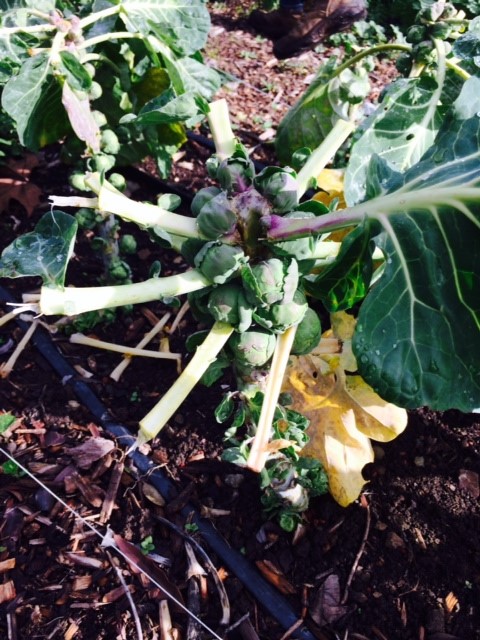
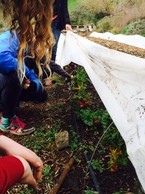
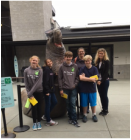
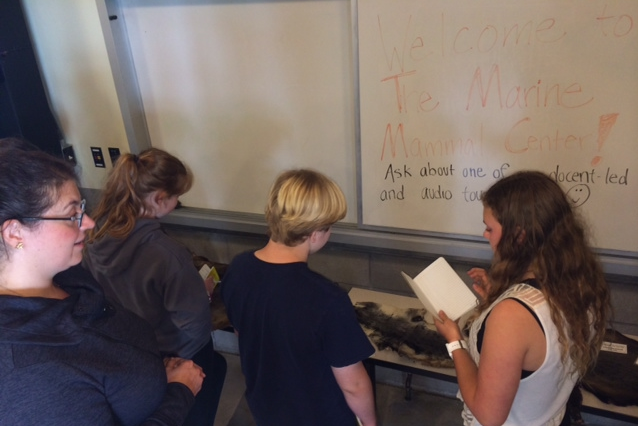
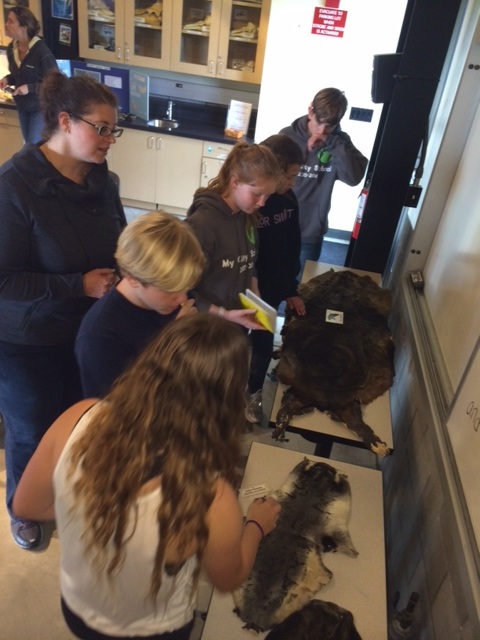
 RSS Feed
RSS Feed